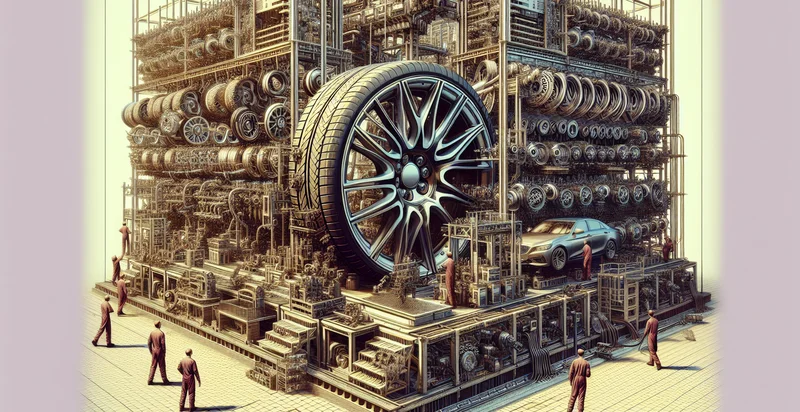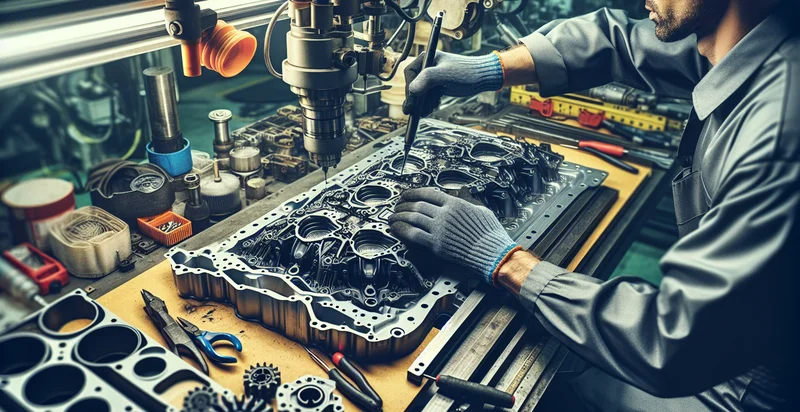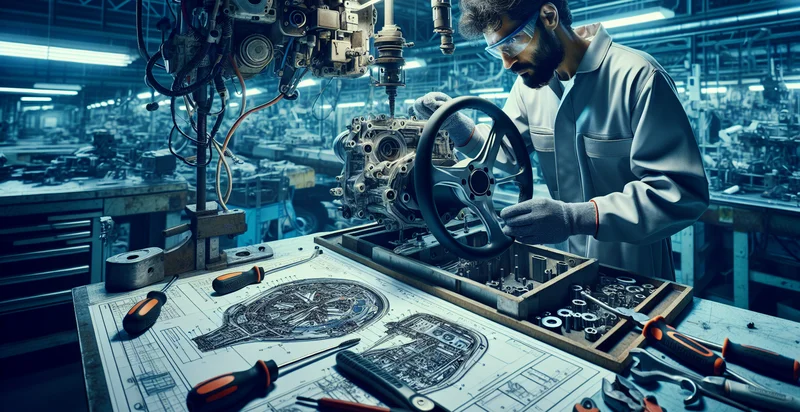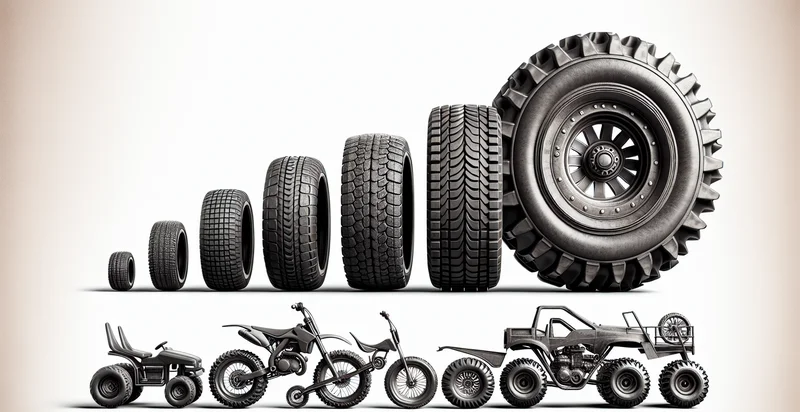Identify car maker by wheel design
using AI
Below is a free classifier to identify car maker by wheel design. Just upload your image, and our AI will predict what car maker it is based on the wheel design - in just seconds.

Contact us for API access
Or, use Nyckel to build highly-accurate custom classifiers in just minutes. No PhD required.
Get started
import nyckel
credentials = nyckel.Credentials("YOUR_CLIENT_ID", "YOUR_CLIENT_SECRET")
nyckel.invoke("car-maker-by-wheel-design", "your_image_url", credentials)
fetch('https://www.nyckel.com/v1/functions/car-maker-by-wheel-design/invoke', {
method: 'POST',
headers: {
'Authorization': 'Bearer ' + 'YOUR_BEARER_TOKEN',
'Content-Type': 'application/json',
},
body: JSON.stringify(
{"data": "your_image_url"}
)
})
.then(response => response.json())
.then(data => console.log(data));
curl -X POST \
-H "Content-Type: application/json" \
-H "Authorization: Bearer YOUR_BEARER_TOKEN" \
-d '{"data": "your_image_url"}' \
https://www.nyckel.com/v1/functions/car-maker-by-wheel-design/invoke
How this classifier works
To start, upload your image. Our AI tool will then predict what car maker it is based on the wheel design.
This pretrained image model uses a Nyckel-created dataset and has 46 labels, including Acura, Alfa Romeo, Aston Martin, Audi, Bentley, Bmw, Buick, Chevrolet, Chrysler and Citroen.
We'll also show a confidence score (the higher the number, the more confident the AI model is around what car maker it is based on the wheel design).
Whether you're just curious or building car maker by wheel design detection into your application, we hope our classifier proves helpful.
Related Classifiers
Need to identify car maker by wheel design at scale?
Get API or Zapier access to this classifier for free. It's perfect for:
- Quality Control in Manufacturing: The false image classification function can be utilized in car manufacturing plants to automatically identify and flag any defective wheel designs. By comparing actual designs against established manufacturer templates, the system helps maintain high quality standards and reduces manual inspection workloads.
- Design Verification for New Models: When developing new car models, designers can use this function to ensure that prototype wheel designs match expectations before production. The system can quickly identify discrepancies, allowing teams to make necessary adjustments early in the design phase, thus saving time and costs.
- Market Analysis for Automotive Trends: Car manufacturers and market analysts can use the function to analyze which wheel designs are prevalent among competitors. By classifying wheels from various makes and models, companies can gain insights into market trends and adapt their own designs to meet consumer preferences.
- Vehicle Authentication and Theft Prevention: Dealerships can implement this classification function to verify the authenticity of vehicles being traded in or sold. By checking the wheel designs against manufacturer records, they can help prevent the resale of stolen vehicles with tampered or altered components.
- Customer Support for Wheel Replacement: Automobile service centers can leverage the classification function to assist customers in selecting the correct wheel replacements based on their vehicle's design. This ensures accuracy in matching products, improving customer satisfaction and reducing return rates due to incorrect parts.
- Compliance and Regulatory Checking: Regulatory bodies can utilize the classification function to ensure that the cars on the market comply with safety and design regulations. By analyzing wheel designs, they can flag non-compliant vehicles and enforce standards effectively.
- Enhanced Augmented Reality Experiences: Automotive companies can integrate this function into augmented reality applications for consumers, allowing them to visualize different wheel designs on their cars. By recognizing wheel patterns in real time, customers can see customization options instantly, enhancing their purchasing experience.


